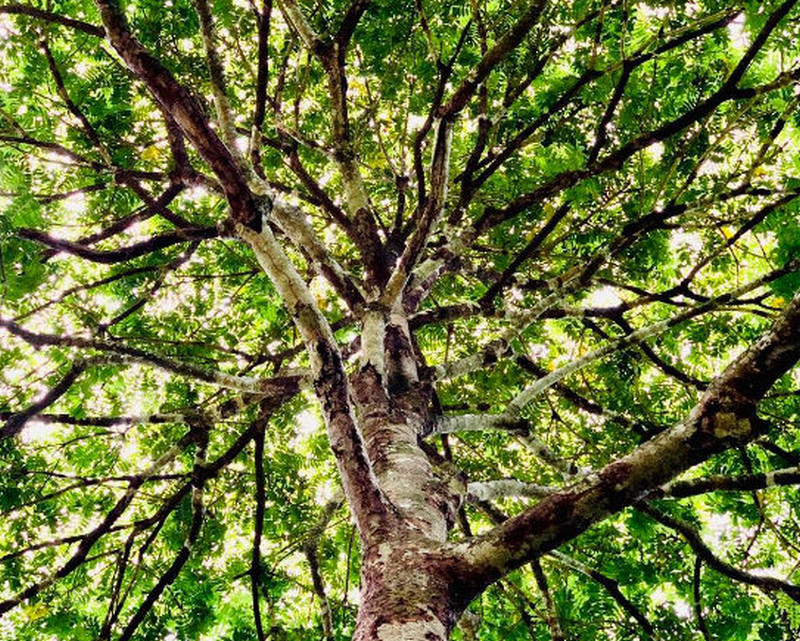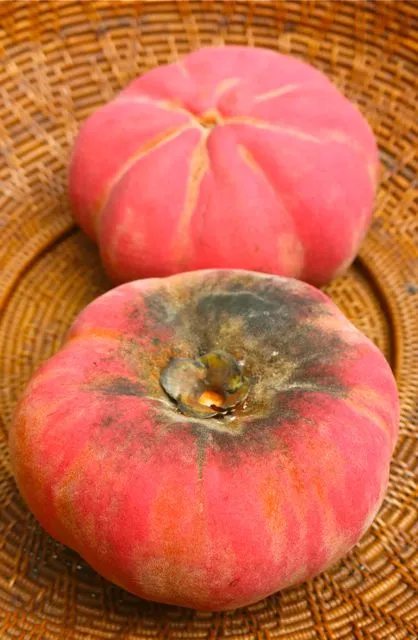Are you familiar with Kamagong Wood? This unique and exotic wood comes from the Mabolo Tree, the Velvet Apple tree. The Mabolo Tree is not only prized for its delicious fruit but also for its beautiful, dark, and durable wood. In this blog post, we will explore the characteristics of Kamagong Wood and its many uses and applications in various industries. Join us on this journey to discover more about this fascinating tree species!
What is Kamagong Wood
Kamagong Wood is a type of hardwood from the Mabolo Tree, scientifically known as Diospyros blancoi. This tree is native to Southeast Asia and can grow up to 20 meters tall with a trunk diameter of up to 80 centimeters. The Mabolo Tree’s leaves are glossy green and oval-shaped, while its fruit – the Mabolo Fruit – has a velvety brown skin covering sweet white flesh that is commonly eaten fresh or used in desserts.

The wood produced by the Mabolo Tree is renowned for its deep black color, making it an attractive material for furniture makers seeking unique designs and finishes. Its density makes it one of the most durable hardwoods available, making it popular among artisans who craft musical instruments such as guitars or drums.
Interestingly, Kamagong Wood’s high density gives it excellent sound quality when used in musical instruments. It produces clear and resonant tones, which is why many musicians prefer Kamagong-made instruments over those made from other woods.
Kamagong Wood has become increasingly rare due to unsustainable logging practices and habitat loss in some areas where it grows naturally. However, conservationists are making efforts to protect these trees so that future generations can continue to appreciate their striking beauty and durability.
Mabolo Tree Characteristics
Mabolo tree, scientifically known as Diospyros blancoi, is a medium—to large-sized tropical tree belonging to the ebony family. With its straight trunk and rounded crown, it can grow up to 20-25 meters tall and have a diameter of around 60 centimeters. The bark of the mabolo tree is smooth and light grayish-brown in color.
The mabolo fruit produced by this tree is round or slightly oval with a hard outer shell that turns yellow when ripe. It has a sweet pulp that tastes like caramel-flavored custard, making it highly popular as an ingredient for jams and desserts.
The leaves of mabolo trees are oblong-shaped with pointed tips and glossy green surfaces. They typically measure around 5-15 centimeters long and look almost leathery in texture.
These trees have an average lifespan of about 50 but can live up to 80 years under ideal conditions such as tropical climate, well-drained soil, adequate water supply, and protection from strong winds.
In summary, Mabolo trees are magnificent specimens characterized by their impressive size. Their fruit provides excellent nourishment, while their wood offers the strength and durability needed for various construction purposes.
Uses and Applications of Kamagong Wood
Kamagong wood, also known as ironwood, is a dense and durable hardwood used for centuries in various applications. Its strength and resistance to decay make it an ideal material for furniture, flooring, musical instruments, tool handles, and even shipbuilding.

One of the most popular uses of kamagong wood is producing high-quality furniture pieces. The dark coloration and unique grain patterns make it a favorite among designers and artisans. From chairs to tables to cabinets, kamagong wood adds a touch of elegance to any room.
Another common application of kamagong wood is in creating musical instruments such as guitars and drums. Due to its density and resonance properties, it produces rich tones that musicians around the world highly seek after.
Aside from being aesthetically pleasing and musically functional, kamagong wood has practical uses. It’s commonly used in tool handles because of its durability under stressors like impact or moisture exposure.
In recent years, there has been growing interest in using kamagong wood for sustainable construction projects due to its excellent structural properties. Some studies have shown that structures made from this hardwood can last up to 50 years longer than those made with other materials!
Kamagong wood is a versatile material prized for its strength, durability, and aesthetic appeal, making it beneficial not only for traditional craftsmen but modern innovators seeking natural materials with superior qualities.
Conservation Status and Other Challenges
Kamagong wood is a highly sought-after material due to its durability and unique characteristics, making it an essential part of various cultural traditions and functional uses. However, the high demand for Kamagong wood has led to the overexploitation of mabolo trees, the primary source of this valuable timber.
The conservation status of Kamagong wood remains a significant challenge due to illegal logging practices in many parts of the world. Despite being categorized as vulnerable under the International Union for Conservation of Nature (IUCN) Red List, Kamagong continues to be harvested at unsustainable rates and sold on black markets.
Moreover, climate change poses another significant threat to mabolo trees’ survival, affecting their growth patterns and susceptibility to diseases that can damage entire populations. Without effective conservation measures such as reforestation efforts or stricter laws against illegal logging activities, Kamagong’s future remains uncertain.
To address these challenges effectively requires collaborative efforts from governments, communities living near forests where mabolo trees grow naturally, and NGOs focused on environmental protection initiatives. Only through collective action can we ensure that future generations will continue enjoying this beautiful resource without harming our planet’s biodiversity.
Final Words
Kamagong wood, also known as mabolo tree, is a unique and valuable hardwood used for centuries in various applications. Its durability, strength, and distinct dark color make it highly sought after by craftsmen and designers alike.
While the conservation status of Kamagong wood remains a concern due to illegal logging practices and habitat loss, efforts are being made to protect this precious resource.
Kamagong wood is not just an ordinary type of timber but one with exceptional qualities that have made it a favorite among artisans worldwide. With proper management and responsible use, we can ensure that future generations will continue to benefit from its many uses. Let us all work together towards preserving this treasure for years to come.
See Also:
- Acacia Tree Description, Characteristics, and Uses
- Amugis Tree Description, Characteristics, and Uses
- Seaweed Farming in the Philippines: How to Grow and Propagate Seaweed
- Farming Milkfish In The Philippines: How to Grow and Raise Bangus
- Shrimp Farming in the Philippines: How to Grow Hipon
